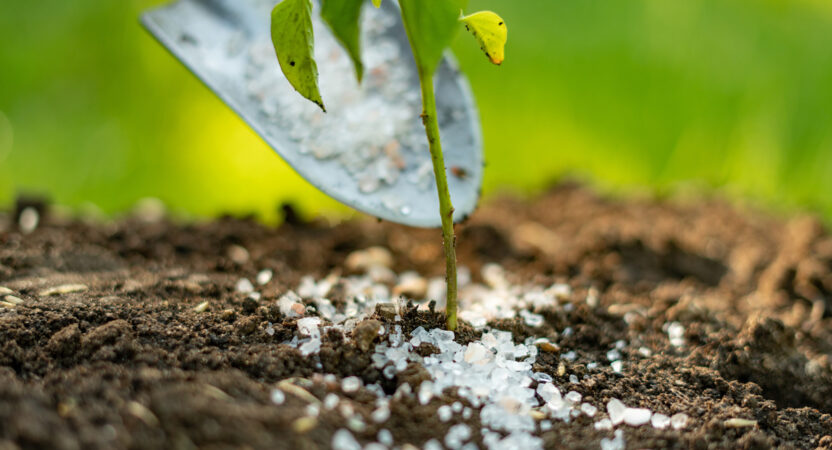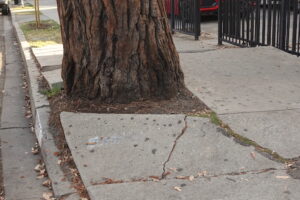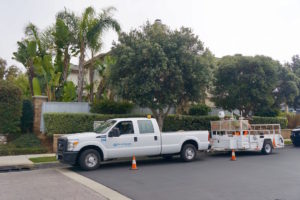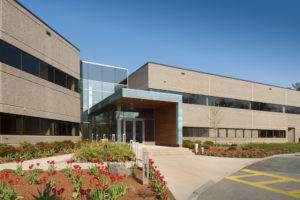All About Landscape Fertilizers
With all of the options for fertilizers on the market – and varying key ingredients and nutrients – it can be an overwhelming task deciding which products to use, and when and how to apply them. Here’s a basic overview of what you need to know about landscape fertilizers.
Types of Fertilizers
Organic Fertilizers
Organic fertilizers are an environmentally-friendly alternative to synthetic fertilizers and typically contain lower concentrations of nutrients, which works to lessen fertilizer build-up in soil and prevent contamination of local water sources through runoff. They’re also water-soluble (irrigation-friendly) and provide soil with beneficial microorganisms as they organically decompose, working to improves plants’ and turf’s health over time – albeit a somewhat slow process, ranging from 3 months to years. But this is an advantage in terms of cost, given that organic fertilizers are pricier than their alternatives – since they require less frequent application.
Synthetic Fertilizers
As the name suggests, synthetic fertilizers are manmade – formulated with chemical compounds, such as ammonium nitrate. Unlike organic fertilizers, synthetic products usually contain high concentrations of nutrients and don’t contribute microorganisms. They are a more affordable option and can improve plant and turf health quickly, but only have lasting effects ranging from around 2 to 8 weeks. Application timing is key with synthetic fertilizers, as overuse can cause plant damage, contaminate nearby water sources, and deplete soil of vital nutrients. The most common types of synthetic fertilizers include slow-release granules, quick-release granules, and liquid fertilizers.
Slow-release Granules
A more controlled approach to fertilization, slow-release granules decompose and release nutrients gradually, working anywhere from 2 to 9 months or longer, with visible improvements to plant in as little as 2 weeks. This type of fertilizer is less likely to damage plants and/or turf, and gives landscapers more control and can be more cost-effective than quick-release and liquid fertilizers over time.
Quick-release Granules
These fertilizers provide nutrients for 3 to 4 weeks and usually take about a week to visually improve the health and appearance of turf and plants. Quick-release granules must be applied to turf’s surface, mixed into topsoil, and then watered so that the products begin decomposing and releasing nutrients.
Liquid Fertilizers
Liquid fertilizers are rapid release, meaning nutrients reach the soil at a fast rate, making them a good option for landscapes in need of quick revitalization. The downside is that they can be more difficult to apply – requiring dilution in water and dispensing equipment – and require frequent reapplication.
Because of the varying elements and specifications unique to each property, expert knowledge on fertilization techniques – including which types of fertilizers to choose, and when and how often they should be applied – is essential in producing the healthiest overall landscape. Our highly-trained team members stay up-to-date on industry trends, innovative products and application techniques, water management, and everything in between – so that Benchmark can offer the highest standards of service to our clients. For any questions related to fertilizers or commercial landscaping, contact us today.




